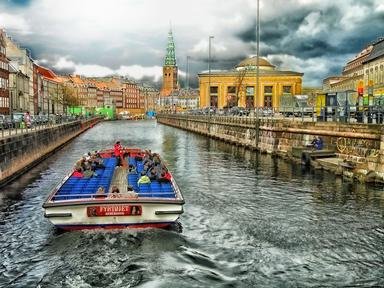
Lost in the Faroe Islands Trivia Quiz
This quiz will test your knowledge of the Faroe Islands, located between Scotland, Norway and Iceland. Before you ask me how I could get lost in such a small area, I'd just like to point out I've managed to get lost in smaller places than that.
This is a renovated/adopted version of an old quiz by author blinkin_au
A multiple-choice quiz
by rossian.
Estimated time: 2 mins.
- Home
- »
- Quizzes
- »
- Geography Trivia
- »
- Europe
- »
- Denmark